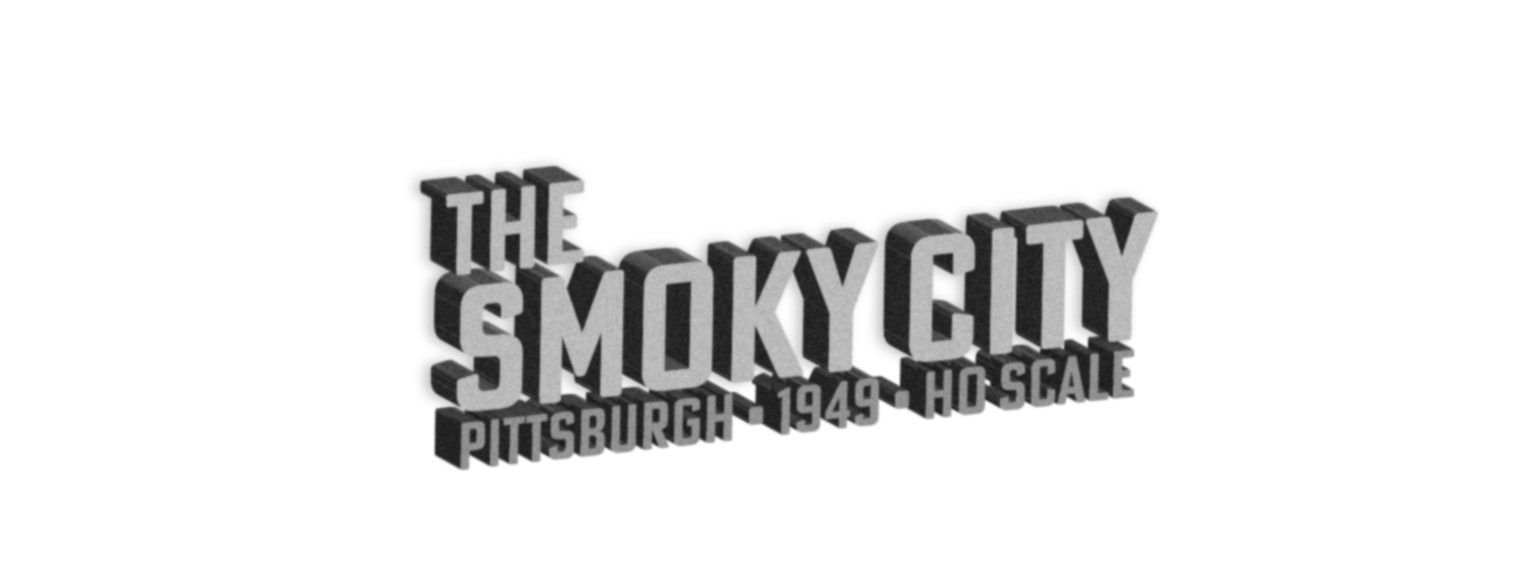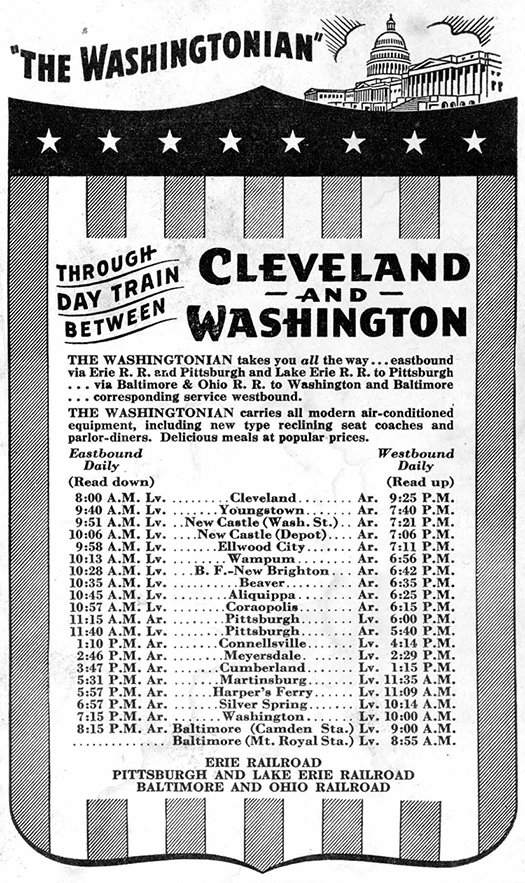From an operations perspective, the most interesting passenger service at the P&LE Pittsburgh terminal in 1949 was the joint operation of the B&O’s Washingtonian and the P&LE’s Steel King, running between Baltimore and Cleveland in two hours and forty minutes, the fastest option at the time. The Steel King operated on the segment west of Pittsburgh, and the Washingtonian operated on the segment east of Pittsburgh. When arriving in Pittsburgh, incoming trains would hand off their last two cars (an Erie coach and a B&O parlor-dining-lounge car) to the counterpart train for the rest of the run, with about 30-40 minutes between the arrival of the inbound and the departure of the outbound.
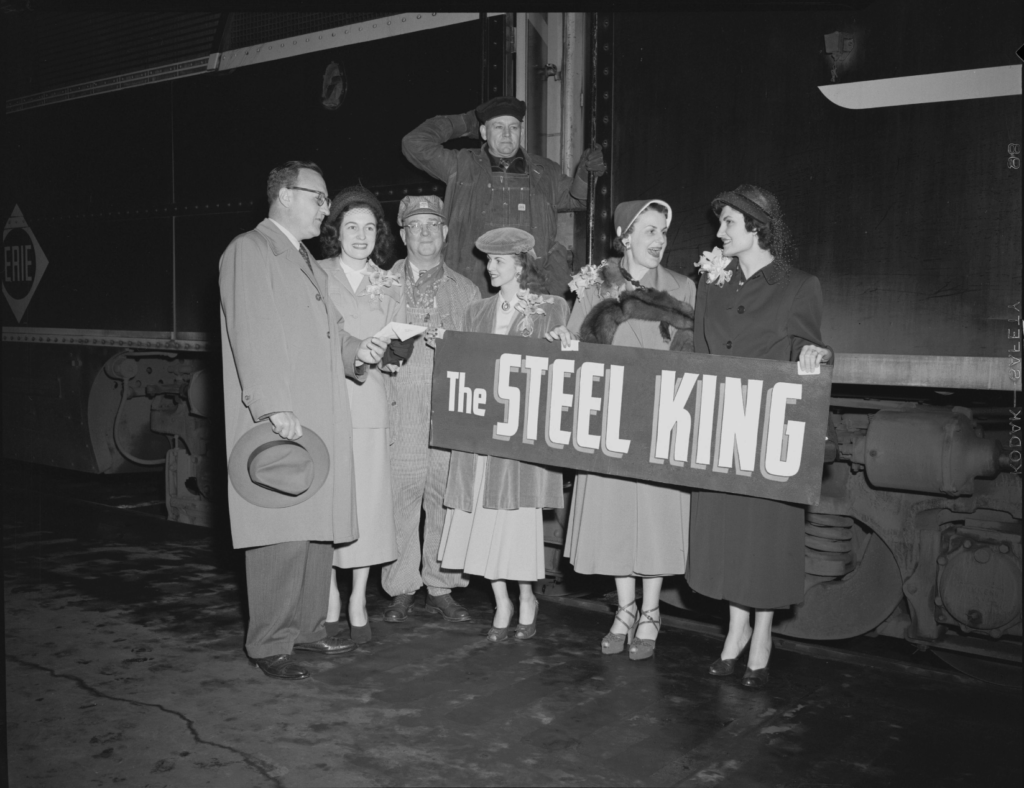
The Steel King was itself a joint operation with the Erie Railroad, which contributed half the motive power and one coach. The train was pulled on alternating days by either Erie or P&LE locomotives, while the other was serviced in Youngstown between runs. Since the morning arrival and evening departure in Pittsburgh both occur during my daytime operating session (6AM-6PM on a fast clock), I can replicate the alternating locomotive situation by swapping locomotives while the train is in West Staging, between sessions.
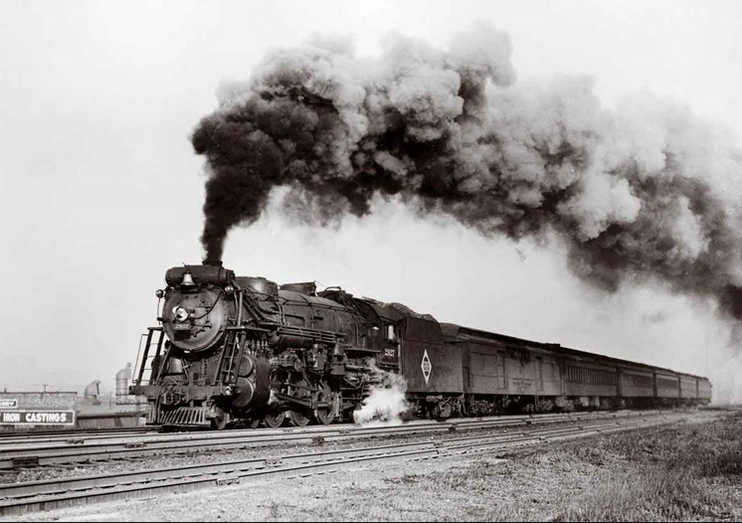
The Pittsburgh Post-Gazette reported in April 1949 that service between Pittsburgh and Cleveland had become “all-diesel”, after the Erie and P&LE both procured Alco PA-1s. However, there must have been some exceptions to that, since a photo shot by Richard J. Cook in Cleveland in 1949 shows the train being pulled by an Erie Pacific. I’ve procured an Erie Pacific (BLI) and a pair of P&LE/NYC PA-1s (Rapido) for modeling this service. If Rapido produces Erie PA-1s in a later run, I’d be tempted to add a pair of those to the mix as well. Since the Washingtonian is the shortest of the seven B&O trains I’d like to model, this is the train that I’ll try pulling with my Bachmann B&O Pacific, since it’s still not a very strong puller, even after adding two ounces of tungsten putty.
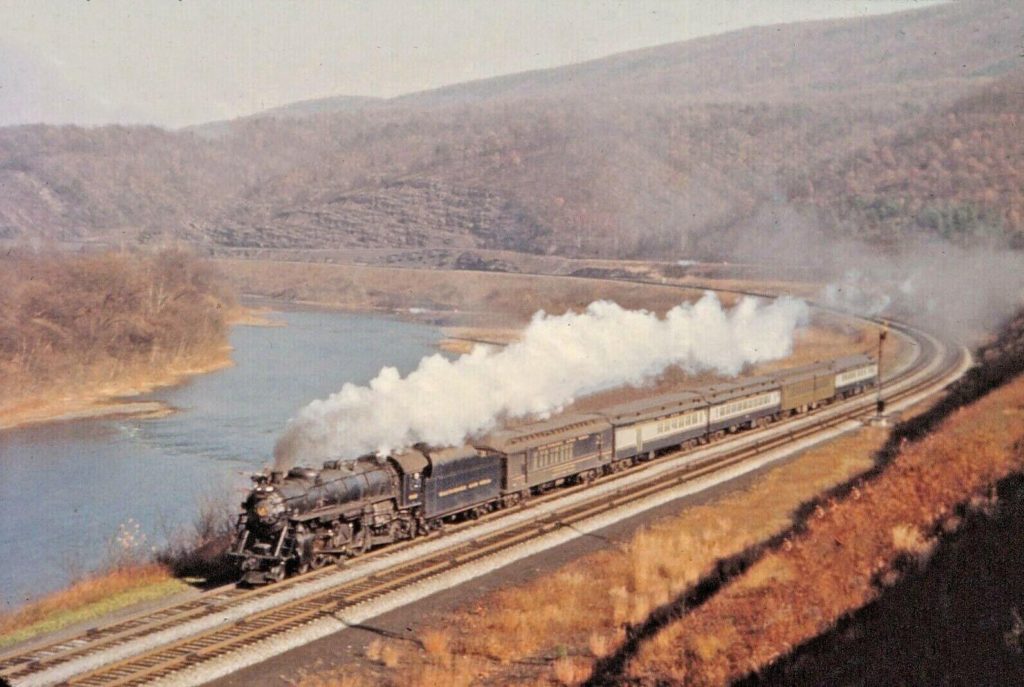
The cars on the Steel King and the Washingtonian were heavyweight, with six-wheel trucks on the B&O and Erie cars, and four-wheel trucks on the NYC/P&LE cars. From what I can tell, the Steel King consisted of a combine and three coaches, all painted green with New York Central System lettering, plus the green Erie coach and the blue and gray B&O parlor-dining-lounge car. The Washingtonian departed Pittsburgh with an RPO, combine, coach and parlor-dining-lounge car, typically in the B&O’s blue and gray scheme, plus the green Erie coach. When arriving in Pittsburgh, it also had a B&O baggage/express car from Baltimore, which was set out at Pittsburgh and did not return with the rest of the train. The B&O also had some RPO cars in all blue paint with gold lettering around this time, so I’m currently working on repainting one RPO in that scheme for use on this train.

